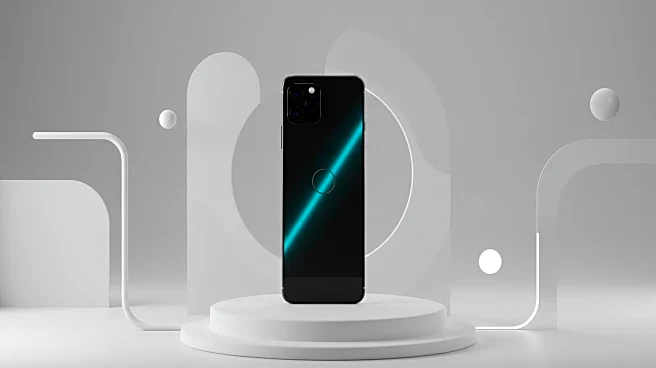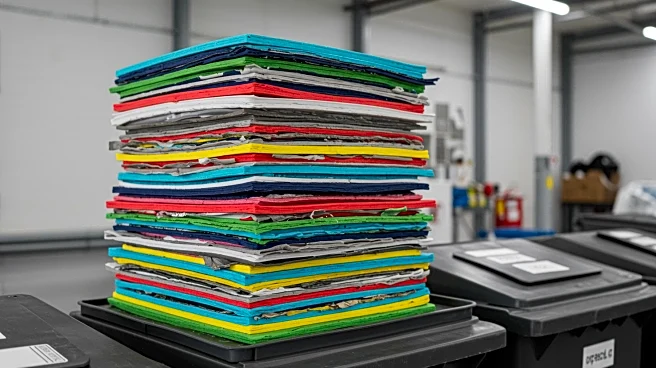What's Happening?
TCL has launched the 60 XE NXTPAPER smartphone in the United States, featuring a unique display technology that allows the device to function as both a smartphone and an e-reader. The NXTPAPER display is designed to be more eye-friendly, filtering out 61% more blue light compared to traditional screens. This technology offers users a matte, paper-like feel, reducing fingerprints and enhancing reading comfort. The phone includes a special NXTPAPER Key that lets users switch between different display modes, such as Ink Paper and Max Ink, to optimize reading experiences. Despite its innovative display, the phone's performance is modest, powered by a MediaTek Dimensity 6100 Plus chip, with 8GB RAM and a 5,010mAh battery.
Why It's Important?
The introduction of the TCL 60 XE NXTPAPER highlights a growing trend in the smartphone industry towards multifunctional devices that cater to specific user needs, such as reading. This development could influence the market by encouraging other manufacturers to explore similar technologies, potentially leading to more versatile and user-friendly devices. The phone's ability to serve as both a smartphone and an e-reader may appeal to consumers looking for cost-effective solutions, reducing the need to purchase separate devices. This could impact the e-reader market and drive innovation in display technologies.
What's Next?
As TCL continues to innovate with its NXTPAPER technology, other smartphone manufacturers may respond by developing their own versions of eye-friendly displays. The success of the 60 XE NXTPAPER could lead to further advancements in display technology, potentially influencing the design and functionality of future smartphones. Consumers may see more devices that prioritize eye comfort and multifunctionality, prompting shifts in purchasing behavior and market dynamics.
Beyond the Headlines
The TCL 60 XE NXTPAPER's unique display technology raises questions about the future of smartphone design and the balance between performance and specialized features. As consumers increasingly seek devices that cater to specific needs, manufacturers may need to consider how to integrate such features without compromising overall device performance. This could lead to ethical considerations regarding consumer choice and the environmental impact of producing multifunctional devices.












